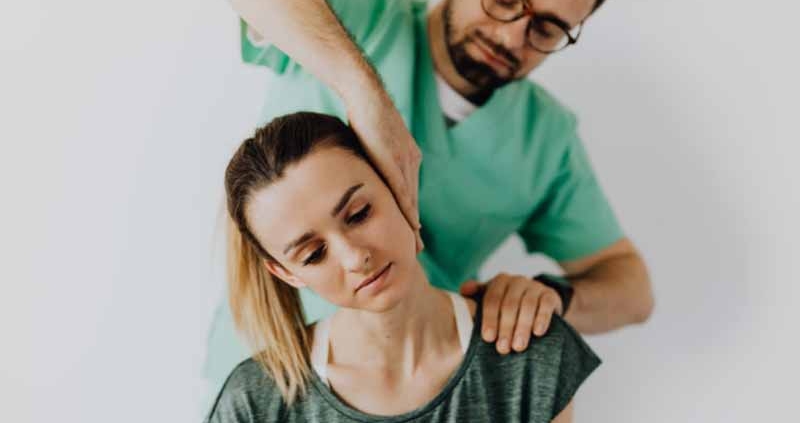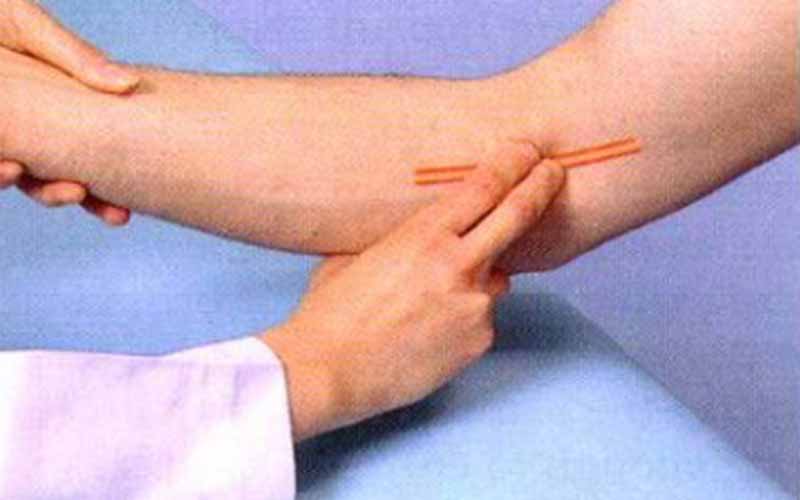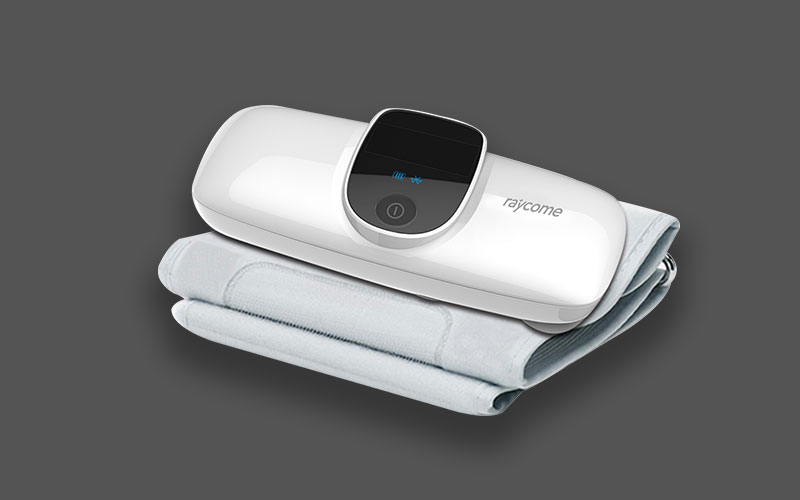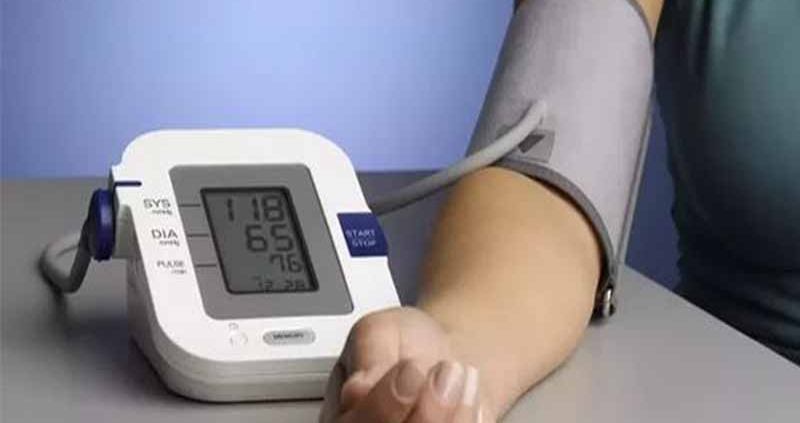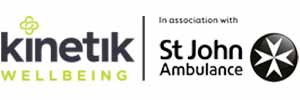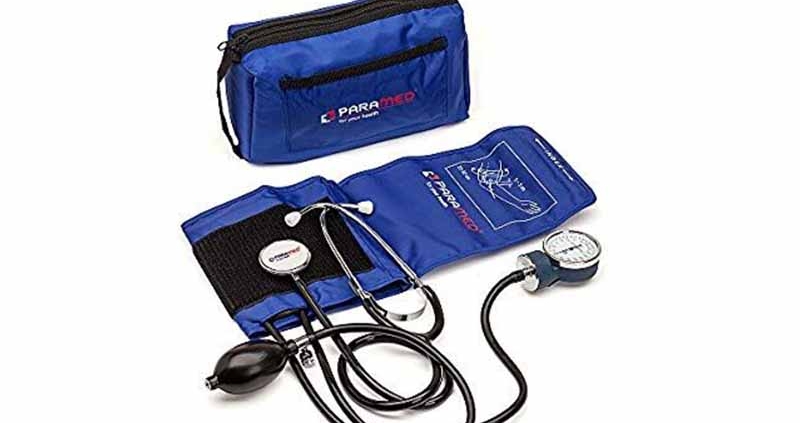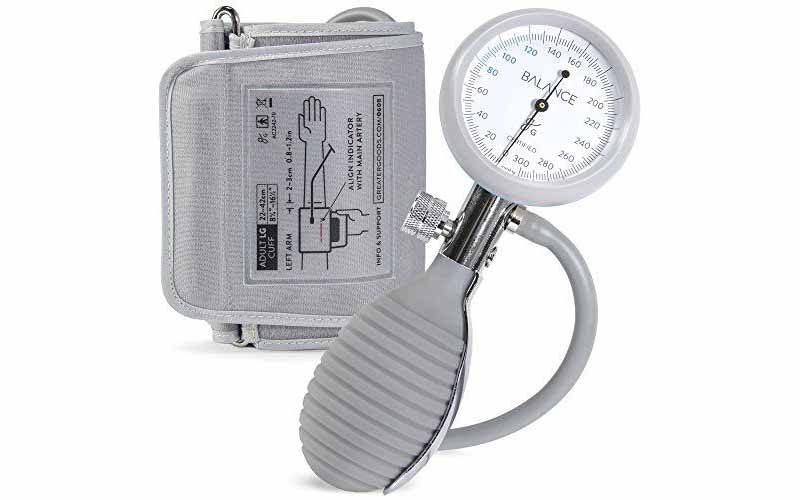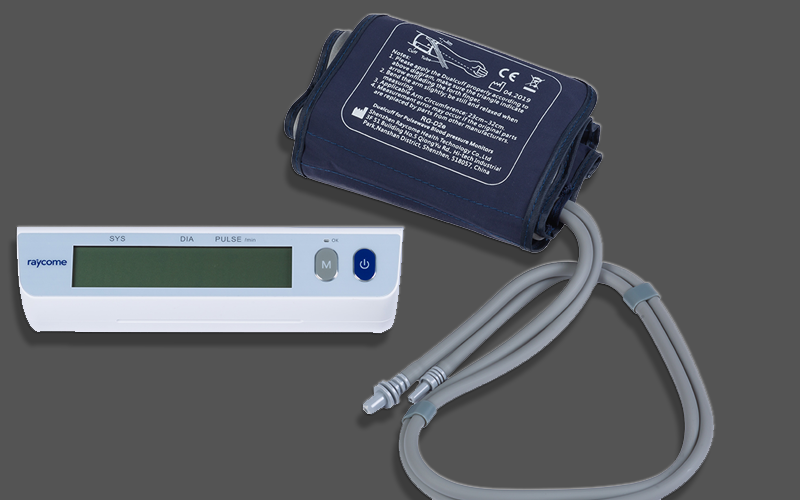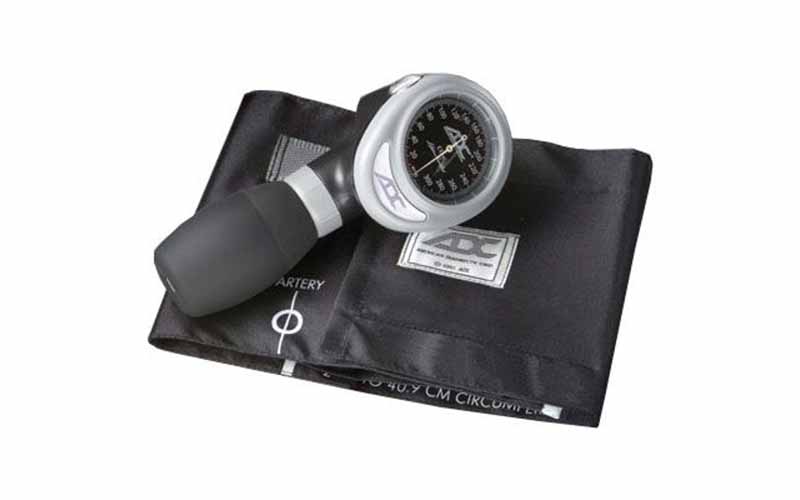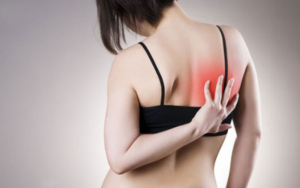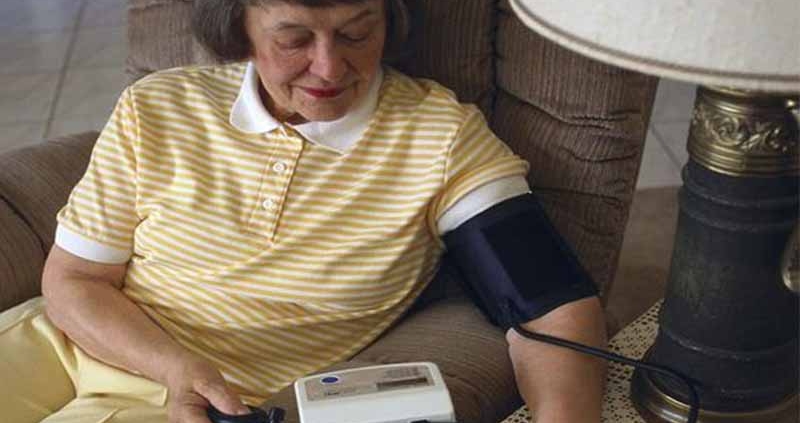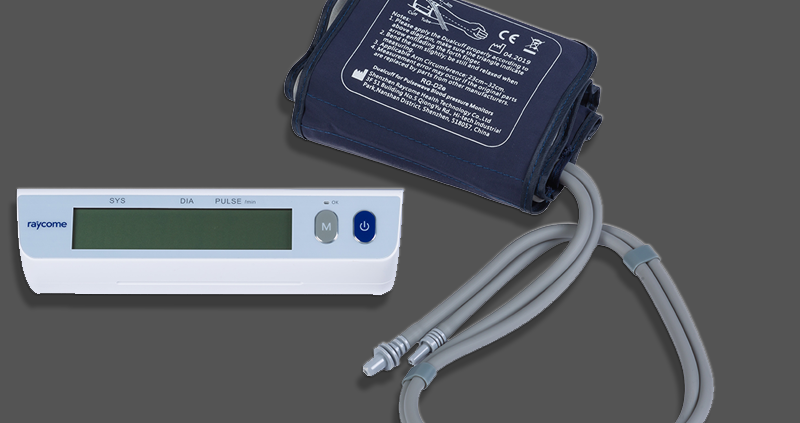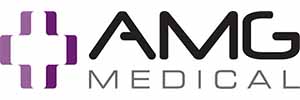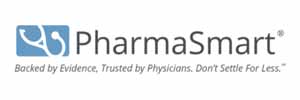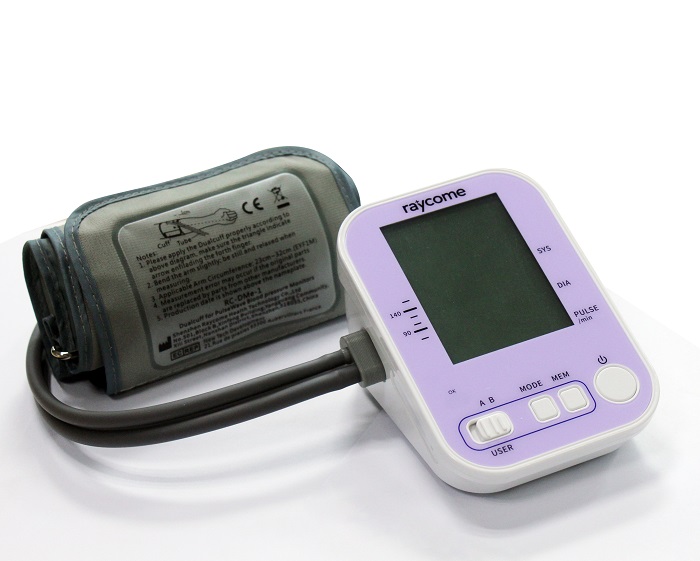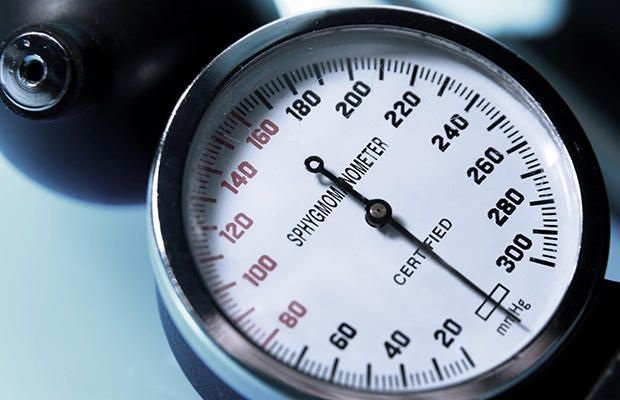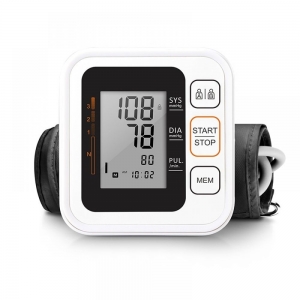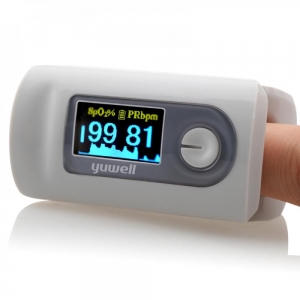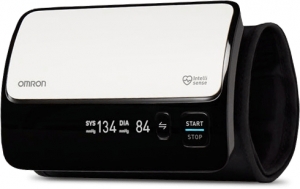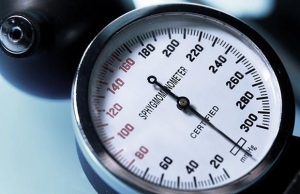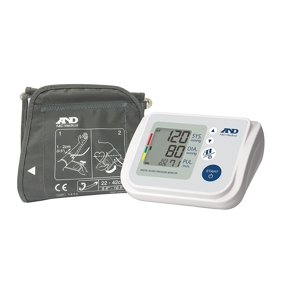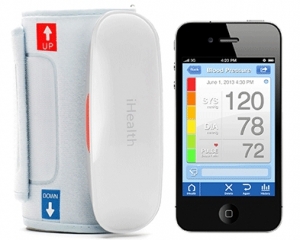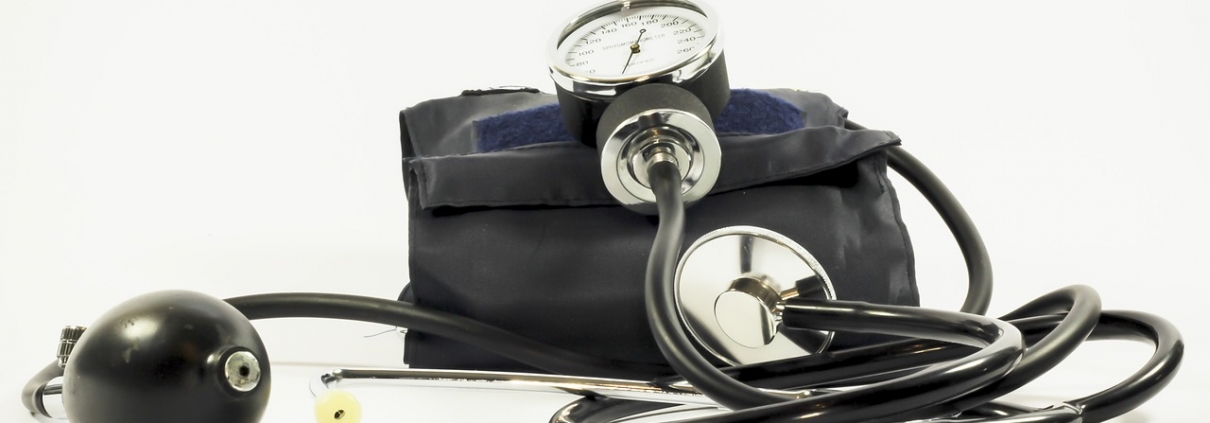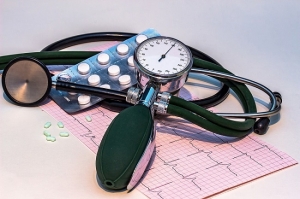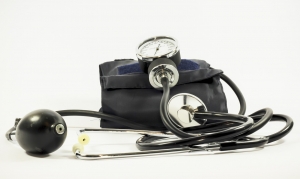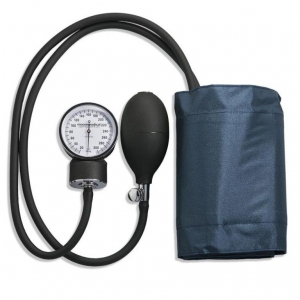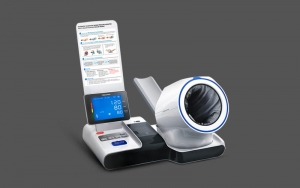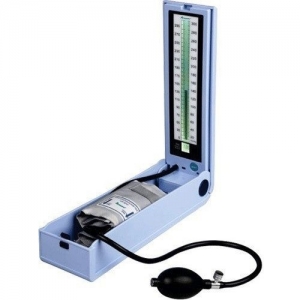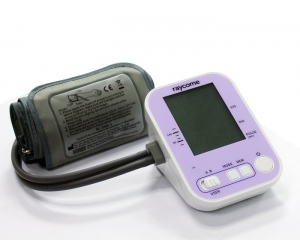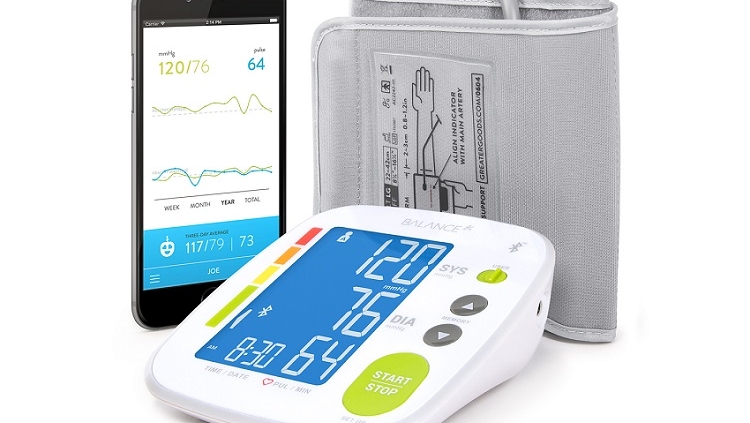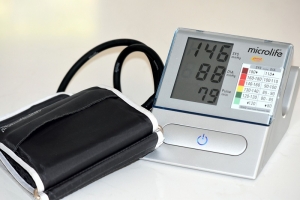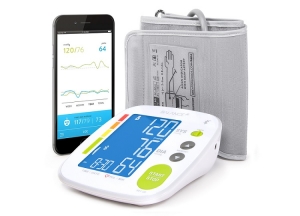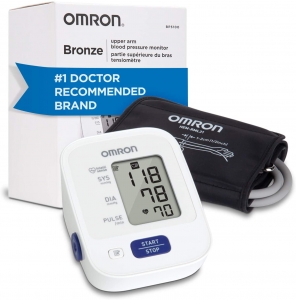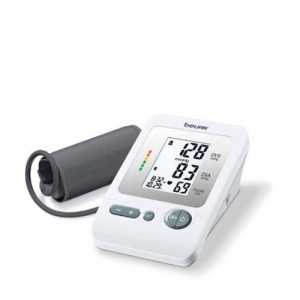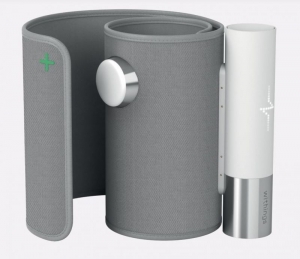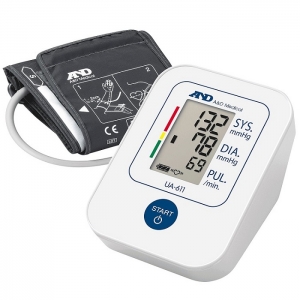Source : Pexel
It is difficult to get through a day when you are in pain. Depending on the severity, you may become irritable and unable to be productive. Now imagine what it is like to live with chronic pain every day. It deprives you of joy and diminishes your quality of life a great deal.
There have been many studies and research efforts to find ways to manage pain. They have yielded a variety of medications that, while effective, also present other challenges. In light of this, pain management alternatives that do not involve medication are increasingly becoming a necessity.
Let us explore some pertinent issues regarding alternative pain management.
Table of Contents
Side-effects of Pain Medication

Taking medication is a natural response when you have a nagging toothache or a blinding headache. However, there are side-effects that arise from the regular use of painkillers.
Pain medications are classified into different categories based on what their active ingredients are. Each of them comes with its own set of risks. To get a clearer picture of this, let us examine them individually.
NSAIDs

Nonsteroidal Anti-inflammatory Drugs are medications that are used to address common aches and some inflammations. Most of them contain aspirin which is a blood thinner and can be bought over the counter. Examples include Ibuprofen, Advil, Motrin among many others.
If you are on blood-thinning medication such as warfarin for other conditions, taking NSAIDs containing aspirin puts your life at risk. Aspirin further diminishes the blood-clotting capabilities of your blood. In the event of any accidents, you are likely to bleed profusely and it can be fatal. It is recommended that patients on blood thinners find non-aspirin pain solutions.
Additionally, if you have any risk indicators for cardiac ailments you may also want to stay away from NSAIDs. Diclofenac has been flagged in this regard as a high-risk medication that increases the possibility of heart attacks and strokes. According to medical researchers, it causes a prostaglandin imbalance in the body which increases the chances of blood clot formation.
Acetaminophen
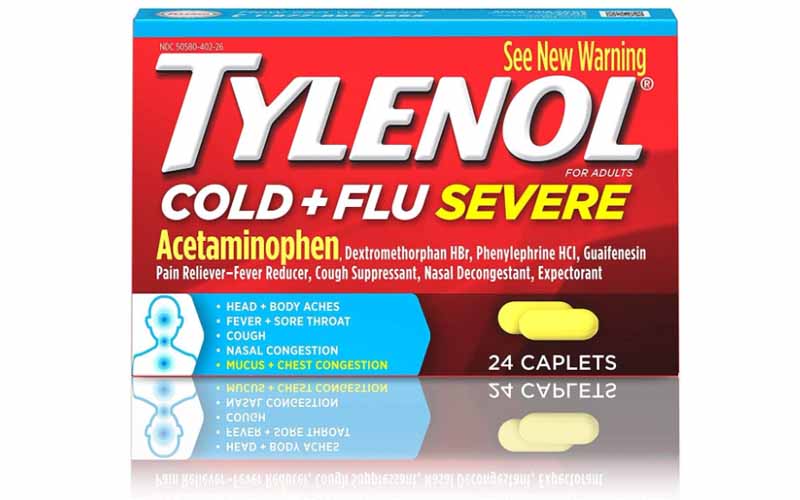
Acetaminophen is more commonly referred to as paracetamol. It is preferred by most people to address mild pains and fevers. However, unlike NSAIDs, acetaminophen does not treat inflammation. Tylenol falls under this category.
Long-term use of acetaminophen pain medications has been found to pose a risk of liver damage. While they are considered milder and safer, the liver oxidizes acetaminophen into a toxic substance. An overdose or persistent use over time can cause irreversible liver damage.
Opioids

Opioid pain relief medications are prescribed for more intense and chronic pain. Opioids work by blocking the transmission of pain by binding themselves to receptors in your Central Nervous System. They are also known as narcotics and are controlled substances. Examples include Oxycodone, Codeine, and Morphine.
According to the CDC, approximately 67,000 people died from opioid-related complications in 2018. Thousands more are addicted to their prescription painkillers. Even with the best intentions and discipline, medications with opioids can trick your brain into dependency.
The complications of addiction span from the distraction of families, job loss, diminished cognitive function, and even death from overdoses. While they are helpful in managing severe pain the effects may be more than you bargained for. By law, you are always at liberty to ask your physician about safer alternatives.
Common Ways to Handle Pain Without Medication
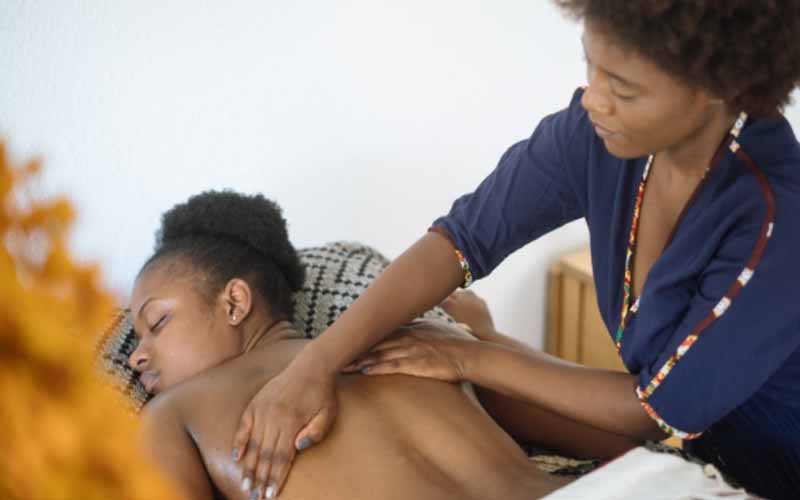
In light of the various risks and complications that can arise from pain medication, you may want to consider other options. There are many methods that have been tested but they vary in their suitability from one person to another. Factors such as age, the type of pain, and other physical conditions can influence which method may be ideal for you.
Some of the options available include:
Mild Workouts
Hitting the gym while in pain is not just undesirable but it can also exacerbate pain and symptoms. Less exerting workouts from various disciplines may be more beneficial as they are actually focused on wellness.
Tai Chi
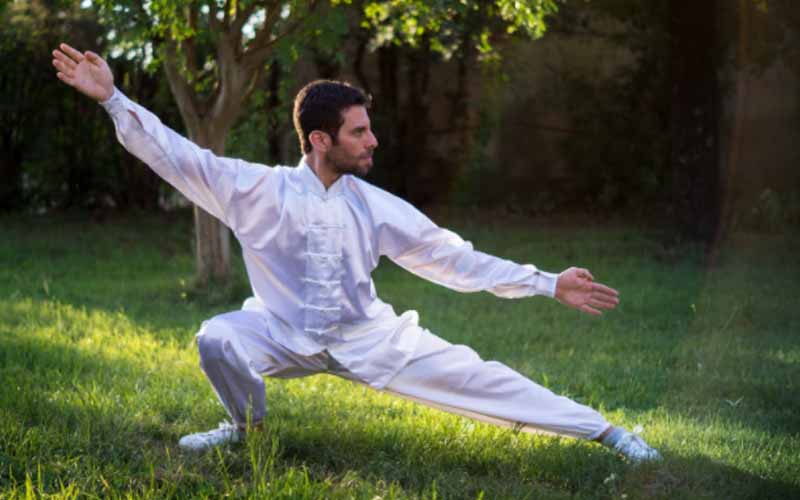
There are two kinds of tai chi; one is focused on martial arts while the other is less combative. The latter is recommended for addressing pain. It involves poses aimed at improving stability and strengthening muscles. Breathing exercises are also incorporated into the sessions to promote mental and emotional wellness.
One of the common causes of back pain, for instance, is poor body posture. The poses help participants improve their body posture and can eradicate back pain completely for some.
Further, studies have been carried out to investigate the feasibility of tai chi as a pain management method. The results show that patients indeed benefit from the exercises. They reported experiencing less fibromyalgia-related pain.
Yoga
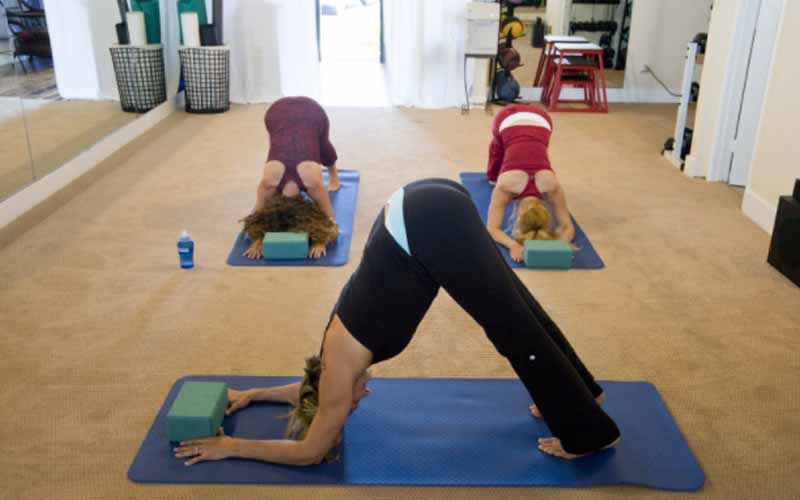
The practice of yoga follows a series of stretching poses. They can be adjusted to accommodate beginners, older people, and other needs. Over time as you build muscle tone and become flexible, you can advance to more challenging poses.
Yoga is effective for managing back pain, joint aches, and improving bone density. Low bone density can cause a slackened posture with discomfort and persistent backaches too. For most people, it occurs with aging and can be an effect of menopause too. Dealing with it through yoga alleviates such pains.
Heat yoga is recommendable for arthritis patients and other similar conditions that present with muscle stiffness. It is basically a yoga session practiced in a heated room. For safety, it should always be undertaken with the guidance of a certified yoga instructor.
Stretching

Stretching can easily be done at home and requires no special classes. Muscle stiffness and a lack of exercise can sometimes be the reason why your body is achy. As you stretch, your muscles get more relaxed and blood flow improves which helps alleviate aches and discomforts.
Walks, swimming, and light exercises can all be used for stretching. Nevertheless, it is important to listen to your body and not exert yourself too much. Increase your routine gradually to prevent injuries and muscle-pulls.
Nutritional Therapy

Nutrition is a fundamental part of your health. When it comes to pain, food can be used to help alleviate it and also prevent it.
Heavily processed foods that have no nutritional value can keep your body in a constant state of inflammation. You may not necessarily see a rash on your skin but it could be the reason why you constantly have body pains. Moreover, being overweight puts extra strain on your back and joints.
It is advisable to aim for foods with high nutritional value that are also likely to bolster your immune system. To benefit from nutritional pain management, you would need to commit to healthy eating as a lifestyle. It is not an overnight fix.
Consider adding healthier substitutes to your diet such as:
- Whole-wheat pastries
- Fish- Omega 3 helps with joint pains
- Berries, green leafy vegetables
- Poultry for protein
- Healthy oils and fats like those from salmon
Meditation

The power of the mind can certainly not be denied. A person’s state of mind has the power to influence their mood, health, and every facet of their life. It is this power that meditation seeks to harness to manage pain.
Guided meditation invites you to focus and connect with your body and senses on a deeper level. The goal is not to distract the mind from the pain but to feel it and transcend it with your thoughts. It can be added to a patient’s routine and even used alongside other pain management therapies.
Further, given as chronic pain is a daily challenge, patients’ lives can tend to revolve around it. They can easily become depressed. Meditation exercises help patients learn to use their minds to achieve serenity and have healthier affirming thoughts. When the body is free of tension, muscles relax and this helps ease the pain.
Audio Therapy
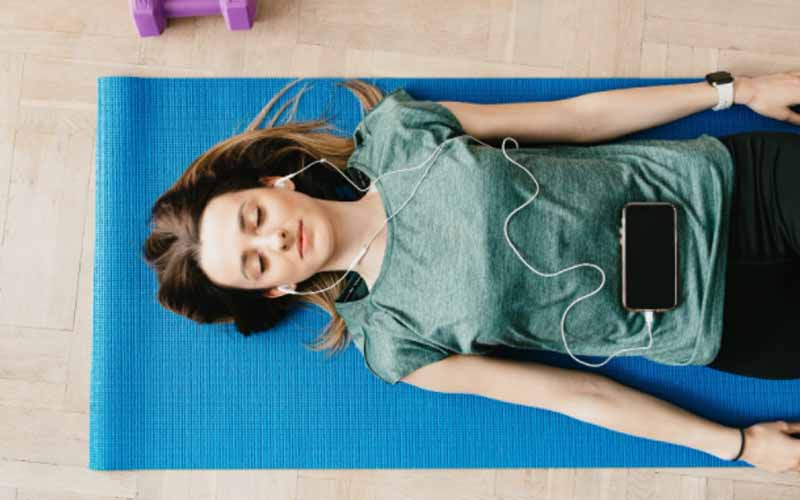
Different centers of the brain are stimulated by musical sounds. For example, music activates the hypothalamus which results in reduced heart rate and blood pressure. If you suffer from migraines or tension headaches, you could get some relief from this effect.
Most patients of chronic pain have a hard time falling and staying asleep due to discomfort. Sounds from white-noise machines or audio applications have been found to be very therapeutic for them. Getting enough sleep helps the immune system and improves patients’ overall well-being.
Playing suitable music during workouts is likely to give participants more endurance and motivation. In meditation, sounds can be used to set a conducive mood for mental focusing and physical relaxation.
Laser Therapy
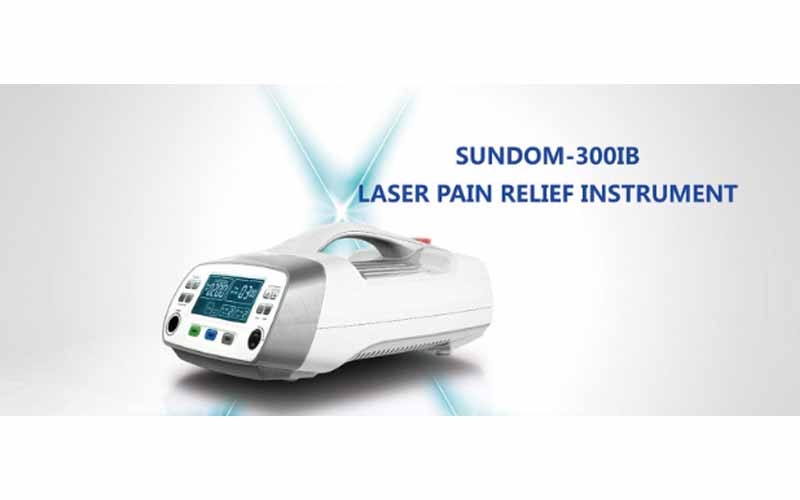
Laser therapy uses specialized laser devices that stimulate cells to achieve particular healing objectives. When you choose to use laser therapy for pain management, you can look forward to benefits such as:
- Non-intrusive treatments; laser beams penetrate the skin without the need for incisions
- Lasting pain relief as laser pain management also addresses the underlying cause and not just the symptoms
- The ability to target treatment to the specific area that hurts
- Shorter recovery time
For a better understanding, let us examine in detail how laser therapy works.
Tissue Repair
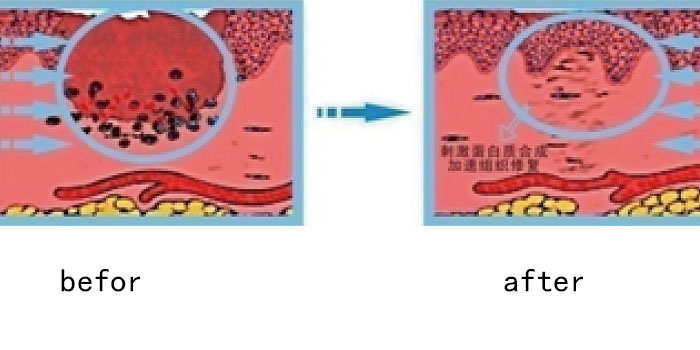
Muscle tears or other forms of trauma on the flesh is one of the main causes of agony for many people. Irradiation from a pain-relief laser therapy device can stimulate the production and maturation of tissue repair cells like connecting collagen fibers. The faster the tissue is helped to heal, the sooner the pain goes away.
Accelerated protein synthesis also plays a role in tissue repair on wounds and injuries. When DNA and RNA are produced they boost the growth of new blood vessels which restores blood flow. Proper blood flow is critical as cells rely on blood and its components for nutrients that help with recuperation.
The Raycome Laser Knee Massager is a good example of how blood flow can be useful in laser therapy. When it is worn around an injured knee, laser irradiation and 3D vibration stimulate cells and spark blood flow. The massaging vibration on the soft tissue and knee joint also offers pain relief for arthritis and similar challenges.
Analgesic Effect
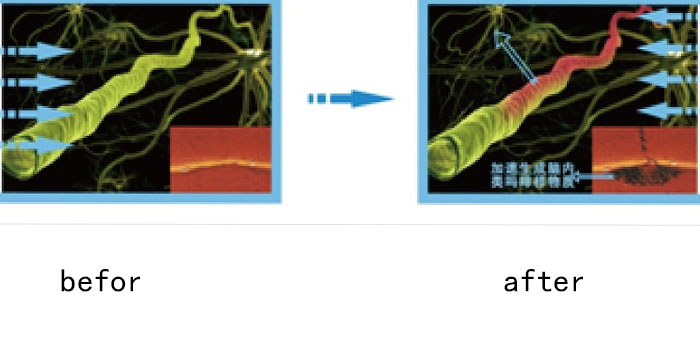
One of the most effective ways to address pain is by blocking the transmission of pain. When a source of pain is irradiated during laser therapy, an analgesic impact is experienced. Laser beams work to reduce the rate, frequency, and strength of the pain signals from the central nervous system.
The analgesic effect is made more powerful by the targeted nature of laser therapy. For example, the Raycome Pain Relief Laser has a probe that can be fixed at the site of injury. An added advantage of this feature is that it offers you flexibility during your pain relief session.
Reducing Inflammation
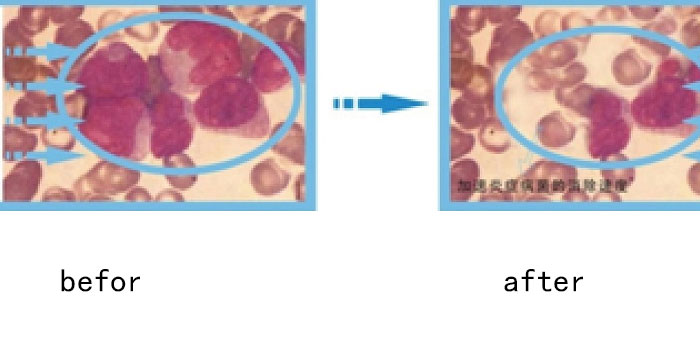
Whenever there is an inflammation in your body, phagocytes act as soldiers to fight it. They do this by ingesting pathogens that are causing harm to your system.
Phagocytes are among the cells whose activity can be spurred by the use of laser therapy. Basically, your body gets an extra boost to assist deal with the inflammation faster and save you from being in pain for longer.
Consider nail inflammations which are becoming common due to different manicure trends and shared instruments. Innovations such as the Raycome Nail Laser Fungus Device can offer you quick relief from the pain and the inflammation. All you have to do is place it on the affected finger as you go about your day.
Immunoregulation
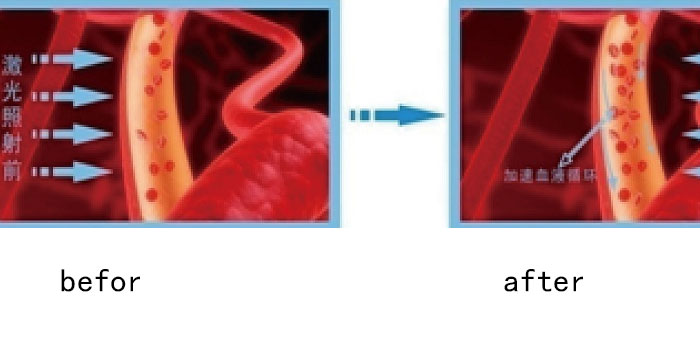
You can be on a healthy diet and still be malnourished if nutrients are not being properly absorbed into your body. One of the reasons this can happen is due to illness.
Laser therapy can stimulate the synthesis of ATP which is an essential component of blood. It is a source of energy in the human body through nutrients. When there is not enough ATP in the blood it means your body will have poor nutrient absorption.
Malabsorption of nutrients leads to deficiencies of important nutrients such as calcium which is important for bones. Some of the most prevalent causes of pain are bone-related thereby making it crucial to maintain their health as much as possible. Further, poor nutrition results in longer recovery times and prolonged pain.
Electrotherapy

The method used for electrotherapy is referred to as Transcutaneous Electrical Nerve Stimulation (TENS).
In terms of pain management, it has been used to ease anguish since the 19th century. The technology back then though can hardly be compared to the devices available today. They are much smaller, portable, and safer.
Electrotherapy is based on the assertions of the “gate control theory of pain“. In summary, the theory asserts that there is a sort of gate between nerves in pain and those that are not in pain. The solution is thus to close the gate so as to prevent the transmission between the two.
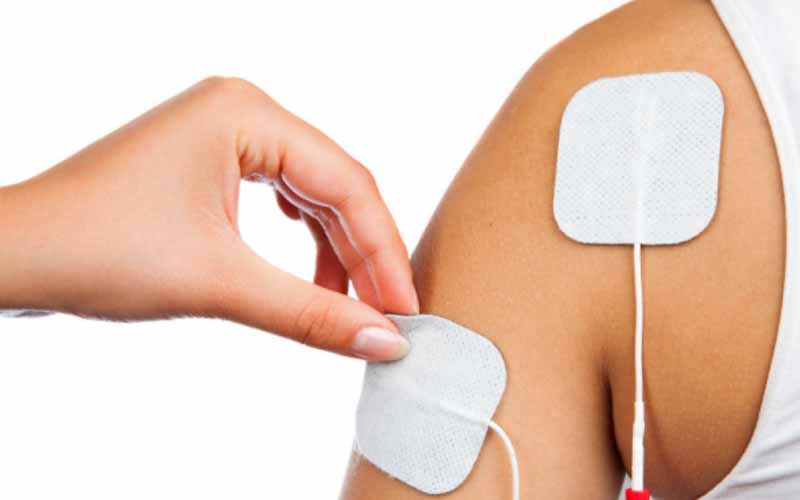
The transmission of pain is stopped by using a low-voltage electric current to create non-painful sensations. The sensation from the electric current is more powerful than the painful sensations in your body. As a result, it overrides them, and pain is no longer transmitted thereby providing relief.
Some electrotherapy treatments are performed in hospitals but there are devices for home use. They come with electrodes that are placed on the region of pain and a battery power source that supplies the current.
Physiotherapy
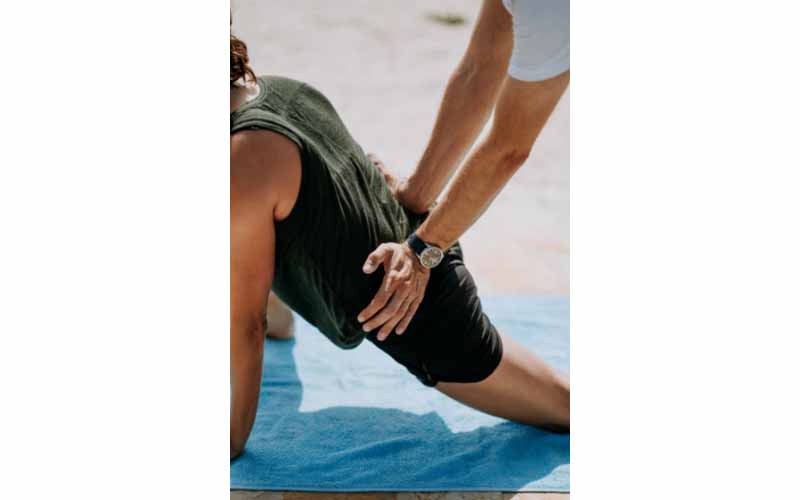
Physiotherapy entails a series of guided exercises that can help with pain in various muscles and extremities. A trained physiotherapist can manipulate parts of your body through stretches or you can be the one to do all the work under their instruction. The two options, passive and active physiotherapy respectively, are chosen depending on your injury or condition.
There are many therapies that you can undertake alongside physiotherapy. They include thermotherapy where heat is used to relax muscles and lessen stiffness which causes pain. The heat can be applied using heating pads or steaming. Alternatively, you could opt for hydrotherapy which involves getting into a pressurized pool of water. The motion of the water is soothing and pain-relieving.
It is important to pace yourself when taking part in hydrotherapy. Rest when you need to and use supportive devices if you need relief between exercises.
Acupuncture
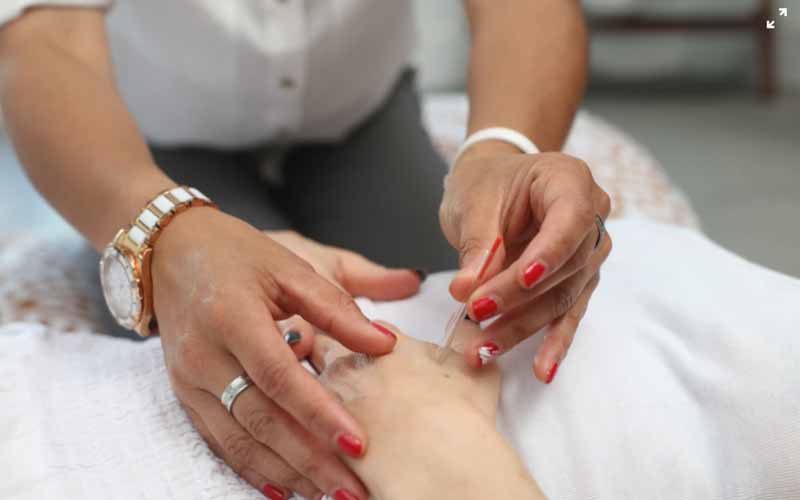
The science behind acupuncture is that it aims to stimulate nerves to send signals to the brain. In response to the nerve stimulation, the brain is expected to produce endorphins which are in essence, natural painkillers. The points of needle insertion are studied and particularly chosen to bring about this effect. It is not an arbitrary process.
It is advisable to seek the services of a certified professional should you choose to give acupuncture a try.
Prevalent Pains of Modern Living and How to Manage Them
Modern living has its perks which make life convenient but also have their challenges. Unfortunately, one of these challenges is pains that are becoming increasingly common even in younger people. They include:
Back Pain
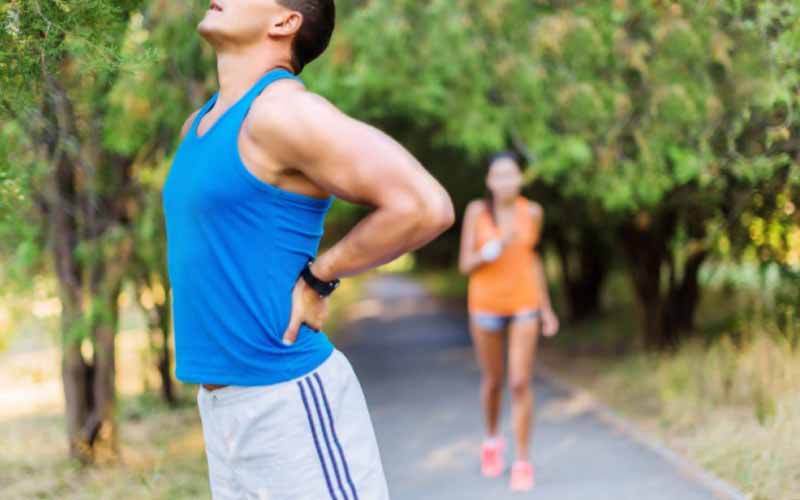
The average person spends hours sitting in front of one screen or another. Computers, televisions, and gaming consoles are the most common culprits. It is no surprise then that backache is one of the reasons why most people seek pain relief.
Long hours without stretching and possibly sitting on a chair with no lumbar support is bound to hurt your back. Posture plays a big role in the health of your back. Therefore, it is critical that you have a proper chair with ample support to avoid straining your spine and back muscles.
Stretching through exercise or taking walks in between work tasks is more beneficial than you give it credit for. It gives your muscles a chance to relax which in turn saves you from aches at the end of the day. Pain-relieving options such as heating pads or laser therapy sessions are equally helpful.
Waist Pain
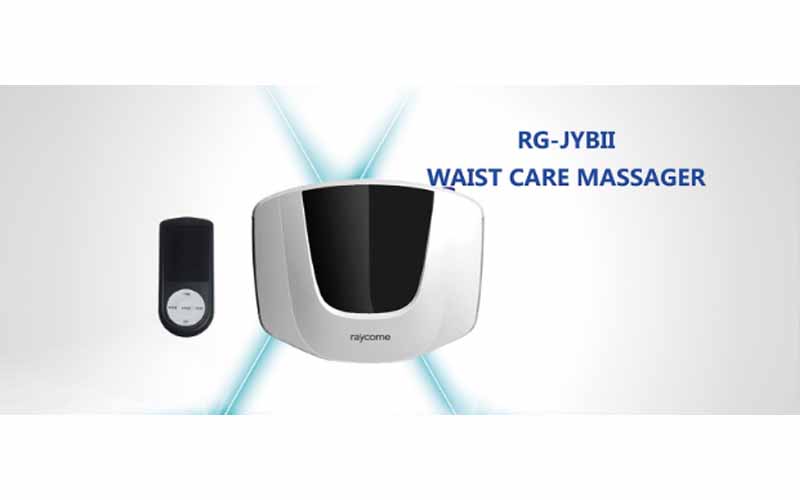
The waist is directly linked to the lower back therefore pain in your lower back region radiates to your waist. Most activities involving motion and weight lifting exert pressure on the lower back. It is thus easy to injure this part of you back which may result in:
- A compression fracture
- Herniated discs
- Joint dysfunction in the sacroiliac or facet joints
Finding the right remedy for your waist pain requires investigation so as to establish what hurts and why. Always seek to have your lower back well supported and comfortable during vigorous activities and even when resting. Waist care massage devices may be helpful for chronic pain and issues like spinal curvature. They provide relief and can be used on the go.
Knee Pain
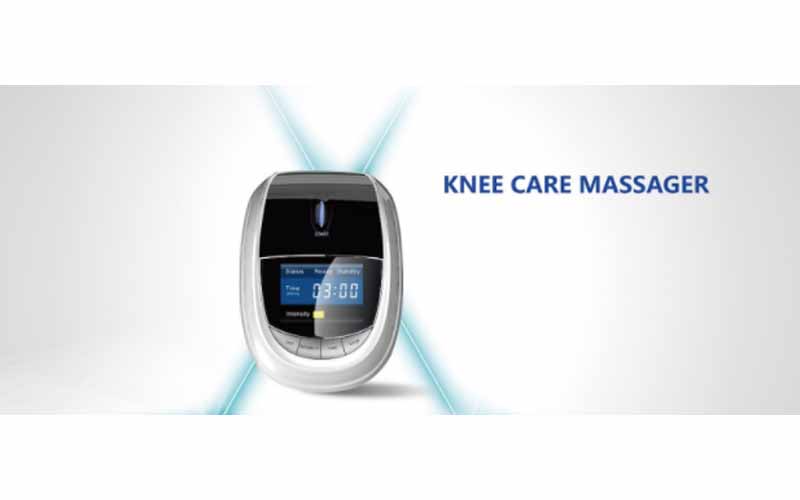
Weight bears on the knee joint and can result in pain. To avoid this, consider using nutrition and exercises to not only manage your weight but to also strengthen your limbs. Wearing the right kind of shoes also ensures that your knees are not strained while supporting your weight. Whereas you may favor high-heels, consider switching to low-heeled shoes from time to time to rest your knees.
Athletes need shoes that can help them prevent sliding and subsequent injury. Athletic knee support is also endorsed to lessen the probability of strain, sprain, and injuries like ACL tears.
Regular exercise for all ages and proper nutrition with omega 3 can make a big difference for your knees. However, age is inevitable as well as injury. A knee massager can help alleviate your knee joint pain and promote faster healing for injuries.
Conclusion
The absence of pain is arguably one of the key indicators of wellness. It allows you to live your life without discomfort and be more productive. That said, when pain does occur it is crucial that it is handled in a way that will offer relief but that is also safe.
Choosing to handle pain without medication is a noble choice. It may not always be quick and easy but your body will benefit from it in many ways in the long-run. Furthermore, given all the risks and disclaimers being issued by pharmaceutical companies, more wholesome approaches are certainly more preferable.

